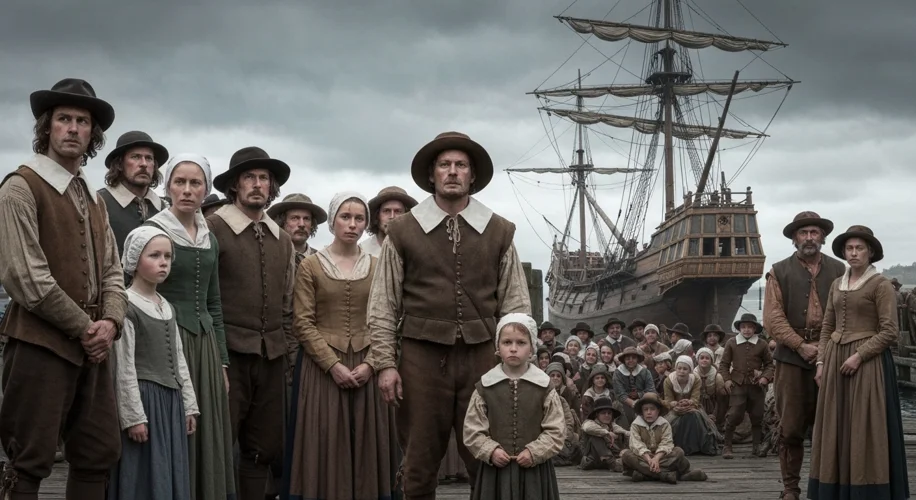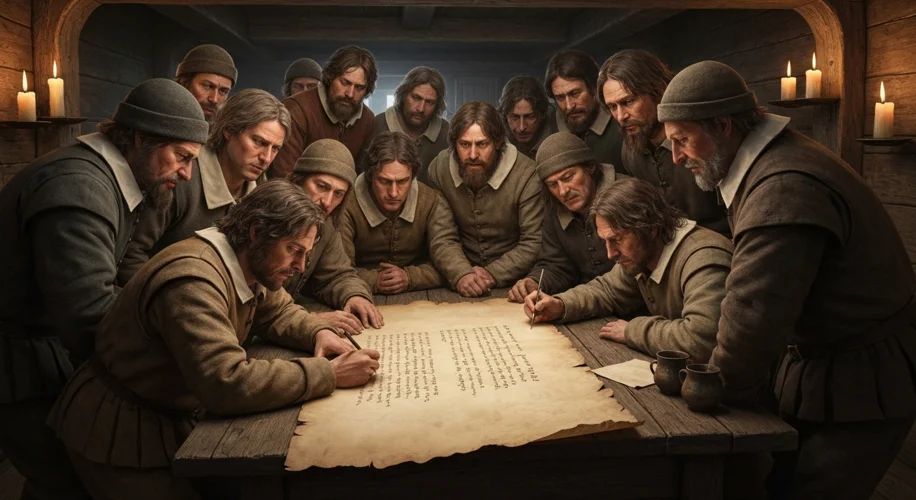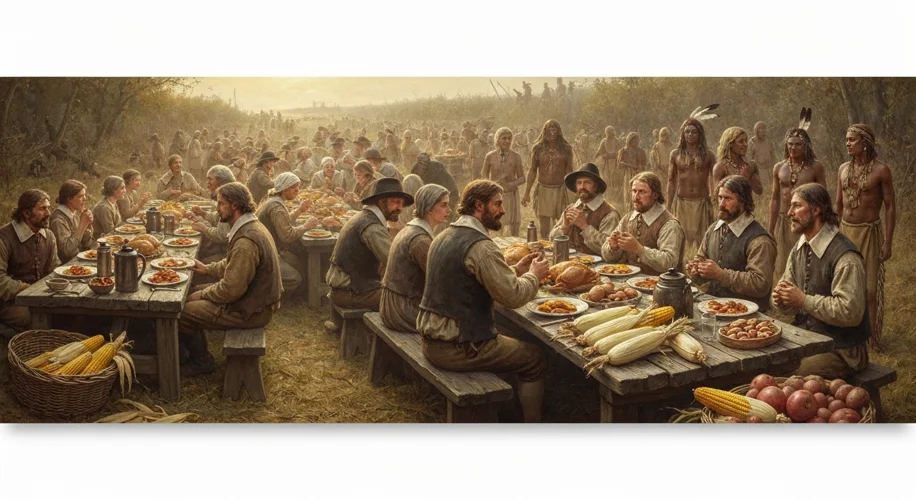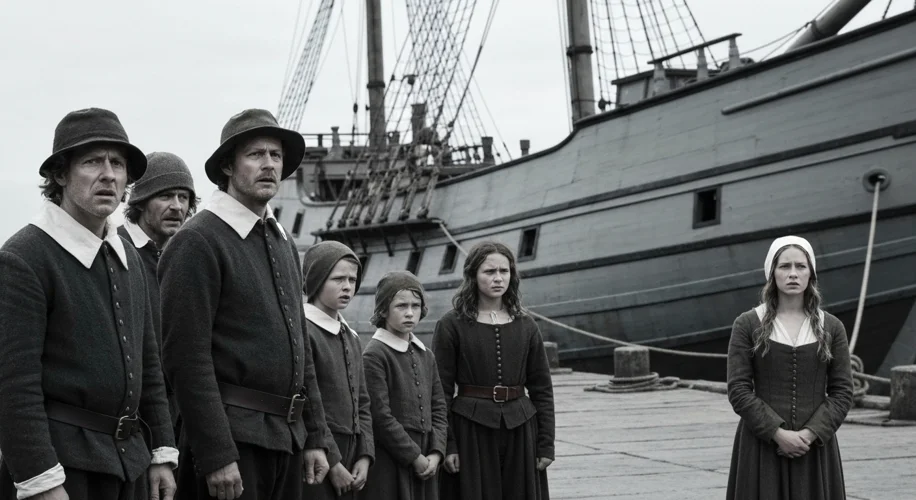In the annals of American history, few stories resonate with the same blend of hardship, faith, and the pursuit of a radical new life as the voyage of the Mayflower. It’s a tale that begins not with a grand fanfare, but with a quiet, desperate departure from the familiar shores of Plymouth, England, in the autumn of 1620.
Imagine the scene: a stout, three-masted vessel, the Mayflower, laden with 102 souls, bobbing precariously in the choppy waters of the Atlantic. These weren’t hardened adventurers seeking gold or glory, but English Separatists, commonly known as the Pilgrims. They were a religious minority, seeking refuge from the persecution they faced in their homeland for daring to break away from the Church of England. Their dream was not dominion, but the freedom to worship God according to their own consciences.

The journey itself was a brutal test of human endurance. For 66 days, these men, women, and children were confined to the cramped, damp, and often unsanitary conditions of the Mayflower. Storms raged, tossing the ship like a child’s toy, and the constant fear of the unknown was a chilling companion. Supplies dwindled, and sickness began to take its toll, claiming lives even before they reached the New World. They had initially intended to sail to the mouth of the Hudson River, but treacherous currents and a desire for safer harbor steered them northwards, to the coast of what is now Cape Cod, Massachusetts.
Upon arrival, the challenges were far from over. Before even setting foot on land, a crucial moment of self-governance occurred. Recognizing the need for order in the absence of any established authority, the men aboard the Mayflower drafted and signed the Mayflower Compact. This simple, yet profound document, essentially a social contract, declared that they would create “just and equal laws, ordinances, acts, constitutions, and offices” for the general good of the colony. It was a remarkable act of foresight and a foundational statement for democratic principles in the nascent stages of colonial America.

Landing in November 1620, they found themselves in a harsh, unfamiliar landscape. The winter that followed was merciless. Without adequate shelter, food, or knowledge of the local flora and fauna, the colony suffered immensely. Half of the original passengers perished during that first brutal winter from disease, starvation, and exposure. Yet, the survivors persevered, driven by their unwavering faith and the hope of establishing a lasting community.
Their story took a turn with the assistance of the native Wampanoag people. Samoset, an Abenaki sagamore, was the first to make contact, famously greeting the settlers with “Welcome, Englishmen!” He soon introduced them to Tisquantum, better known as Squanto, a member of the Patuxet tribe who had been captured and taken to Europe, learning English before returning to find his people wiped out by disease. Squanto became an invaluable intermediary, teaching the Pilgrims how to cultivate native crops like corn, fish in the local waters, and navigate the surrounding wilderness. He was, in essence, their guide to survival.
In the autumn of 1621, after a successful harvest, the Pilgrims, with Squanto and other Wampanoag leaders, including Massasoit, the sachem of the Wampanoag, shared a feast of thanksgiving. This event, though not the “first Thanksgiving” in the way it’s often mythologized, became a crucial symbol of cooperation and mutual survival between the settlers and the indigenous people.

The legacy of the Mayflower voyage is complex. It marks a pivotal moment in the establishment of English colonies in North America, laying the groundwork for future settlements and the eventual formation of the United States. The ideals of religious freedom and self-governance championed by the Pilgrims continue to be cornerstones of American identity. However, it is also crucial to remember the profound and often devastating impact of European colonization on indigenous populations, a narrative of displacement and conflict that unfolded alongside the story of Plymouth Colony.
The Mayflower’s journey was more than just a physical crossing of the Atlantic; it was a crossing of thresholds – from persecution to freedom, from dependence to self-reliance, and from the known to the utterly unknown. It’s a testament to the extraordinary resilience of the human spirit in the face of overwhelming adversity, a story that continues to captivate and challenge us centuries later.

